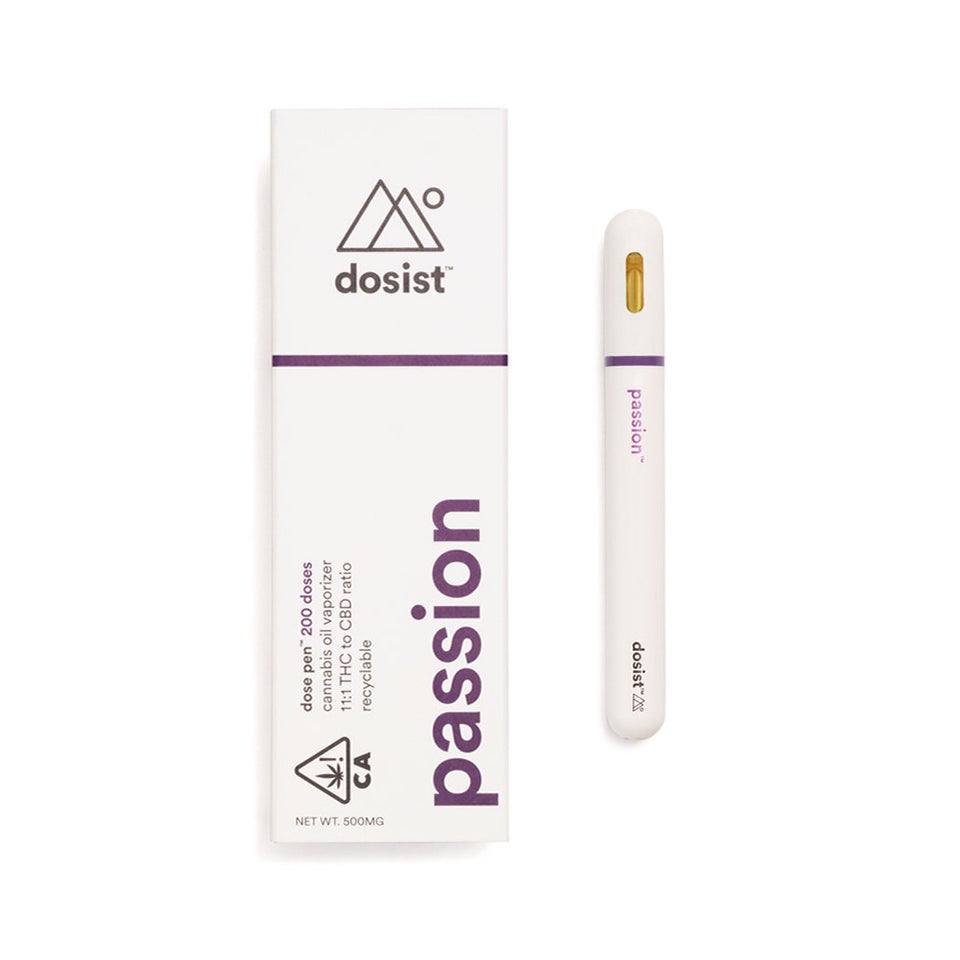
Dopaminergic blocking actions of THC (Müller-Vahl et al 1999) may also contribute to analgesic benefits. The first are naturally occurring 21-carbon terpenophenolic compounds found to date solely in plants of the Cannabis genus, currently termed phytocannabinoids . The best known analgesic of these is Δ9-tetrahydrocannabinol , first isolated and synthesized in 1964 .
Organic Hemp Flower Pre
Cannabidiol is just one of thousands of compounds produced by the cannabis plant, and belongs to the most recognized class called cannabinoids. Randomized double-blind placebo-controlled study about the effects of cannabidiol on the pharmacokinetics of Delta9-tetrahydrocannabinol after oral application of THC verses standardized cannabis extract. Antitumor activity of plant cannabinoids with emphasis on the effect of cannabidiol on human breast carcinoma. A multicenter dose-escalation study of the analgesic and adverse effects of an oral cannabis extract for postoperative pain management. The degree to which cannabinoid analgesics will be adopted into adjunctive pain management practices currently remains to be determined.
Cbd Beauty & Skin Care
The glutamatergic system is integral to development and maintenance of neuropathic pain, and is responsible for generating secondary and tertiary hyperalgesia in migraine and fibromyalgia via NMDA mechanisms . Thus, it is important to note that cannabinoids presynaptically inhibit glutamate release , THC produces 30%–40% reduction in NMDA responses, and THC is a neuroprotective antioxidant . Additionally, cannabinoids reduce hyperalgesia via inhibition of calcitonin gene-related peptide .
As for Substance P mechanisms, cannabinoids block capsaicin-induced hyperalgesia , and THC will do so at sub-psychoactive doses in experimental animals . These are all promising attributes for an adjunctive agent in treatment of clinical chronic pain states. THC may affect many mechanisms of the trigeminovascular system in migraine (Akerman et al 2003; Akerman et al 2004; Akerman et al 2007; Russo 1998; Russo 2001).
- The Co2 extraction method uses carbon dioxide to separate the oil from the plant.
- During this method, pressurized chambers and pumps expose Co2 to low temperatures and high pressure.
- Also, natural solvents do not evaporate that well, and because of this, the CBD extract will contain a much lower concentration of CBD.
- The end results are oils that have very high concentrations of CBD.
- The Co2 extraction process is both the most clean and industry preferred extraction method.
Adverse effects of cannabinoids on immune function have been observed in experimental animals at doses 50–100 times the psychoactive level . In four patients using herbal cannabis therapeutically for over 20 years, no abnormalities were observed in leukocyte, CD4 or CD8 cell counts . Investigation of MS patients on Cannador revealed no major immune changes , and similarly, none occurred with smoked cannabis in a short-term study of HIV patients . https://todohemps.com Hematological measures have been normal in all Sativex RCTs without clinical signs of immune dysfunction.
Health Solutions
CBD is considered to be safe to consume for most people due to its significant benefits and lack of serious side effects. These also produce less seed and half the fiber compared to marijuana, which has a higher THC level, making it the perfect option for hemp-derived CBD oil. Despite still-limited understanding of the cannabis plant, American chemist Roger Adams was able to successfully isolate the first cannabinoid, cannabidiol .
Cognitive effects of cannabis have been reviewed (Russo et al 2002; Fride and Russo 2006), but less study has occurred in therapeutic contexts. Effects of chronic heavy recreational cannabis usage on memory abate without sequelae after a few weeks of abstinence . While the Selective Reminding Test did not change significantly on Sativex, placebo patients displayed unexpected improvement.


